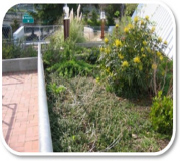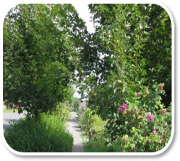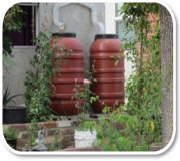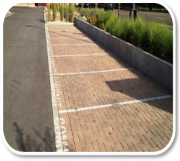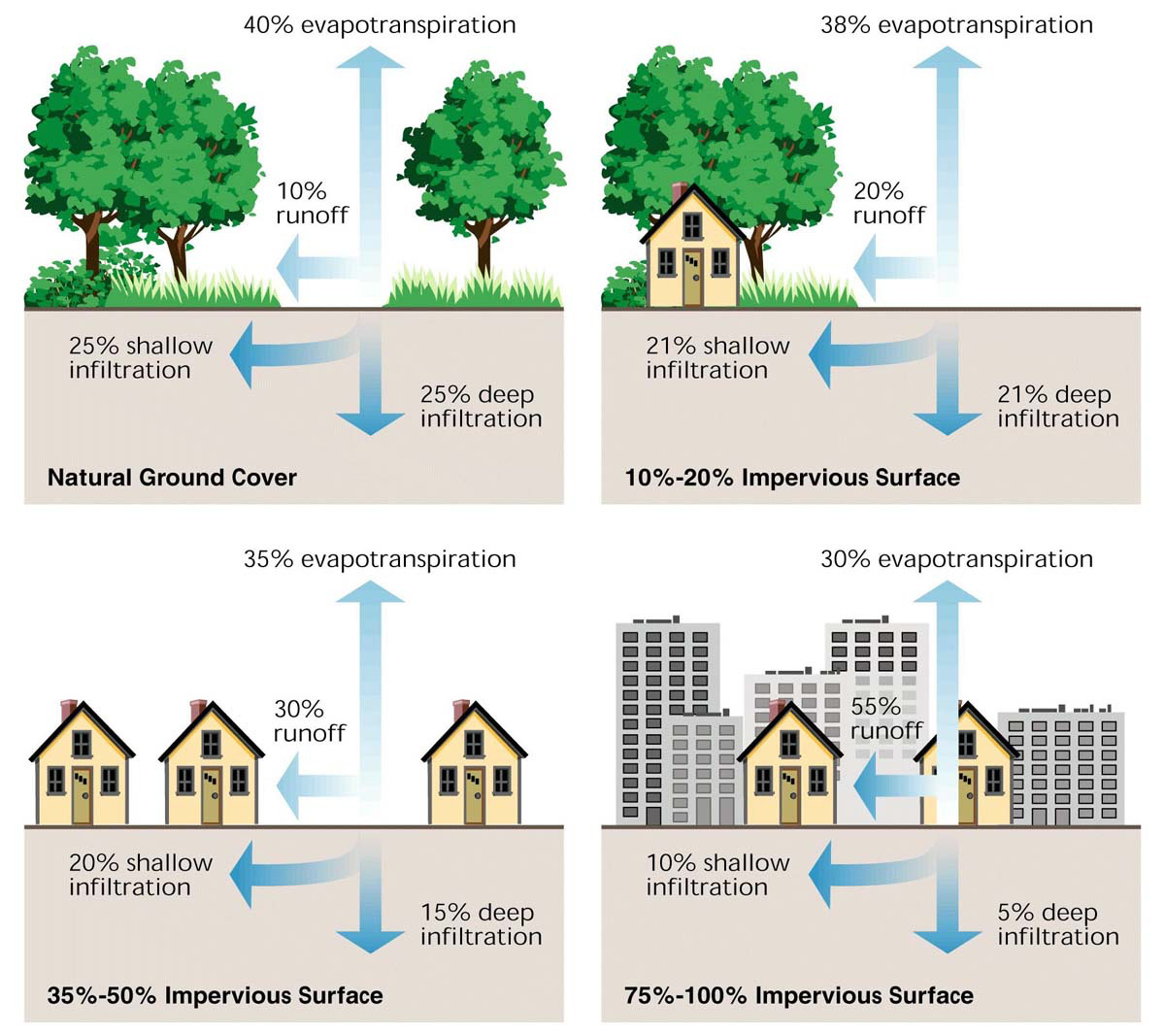Low Impact Development
To help mitigate negative impacts of traditional drain and pipeline stormwater management, the City of Hood River encourages implementing Low Impact Development (LID), also called Green Infrastructure, techniques. LID is an on-site approach to stormwater management using various techniques to manage stormwater as close to the source as possible. These techniques work to mimic the natural, predeveloped conditions of an area resulting in a reduction of stormwater runoff volume as water infiltration and evapotranspiration increases. LID techniques for stormwater management provide multiple community and environmental benefits including improved water quality, habitat restoration, reduced flooding events, groundwater recharge, and enhanced community aesthetics.
When determining what LID technique to implement, consider:
- Space
- Soil
- Groundwater Level
- Slope
- Maintenance
- Proximity to existing foundations
Recently, multiple subdivisions in Hood River implemented various LID techniques to assist with stormwater management during property development. For example, flow through curbs and sidewalks discharging to a swale were used at “Dixon Heights,” located at the intersection of 25th and Taylor. Permeable driveways were used at “Tanner 1,” located at the intersection of 30th and Talon Avenue.
Private property owners are encouraged to incorporate LID techniques into their current landscape to create habitat, improve water quality, provide groundwater recharge, and enhance community beauty. Rain gardens, rain barrels, and downspout disconnection are all LID techniques that require little to no engineering for implementation. More information on managing stormwater through these techniques can be found below in the Oregon Rain Garden Guide and other supporting documents.
Supporting Documents:
Oregon Rain Garden Guide
EPA LID Barrier Buster Fact Sheets
LID Overview Fact Sheet
Stormwater Management Calculator
LID Approaches Handbook
City of Portland Environmental Services “How To”
Summary of Green Infrastructure Operations & Maintenance Requirements
click image to enlarge

